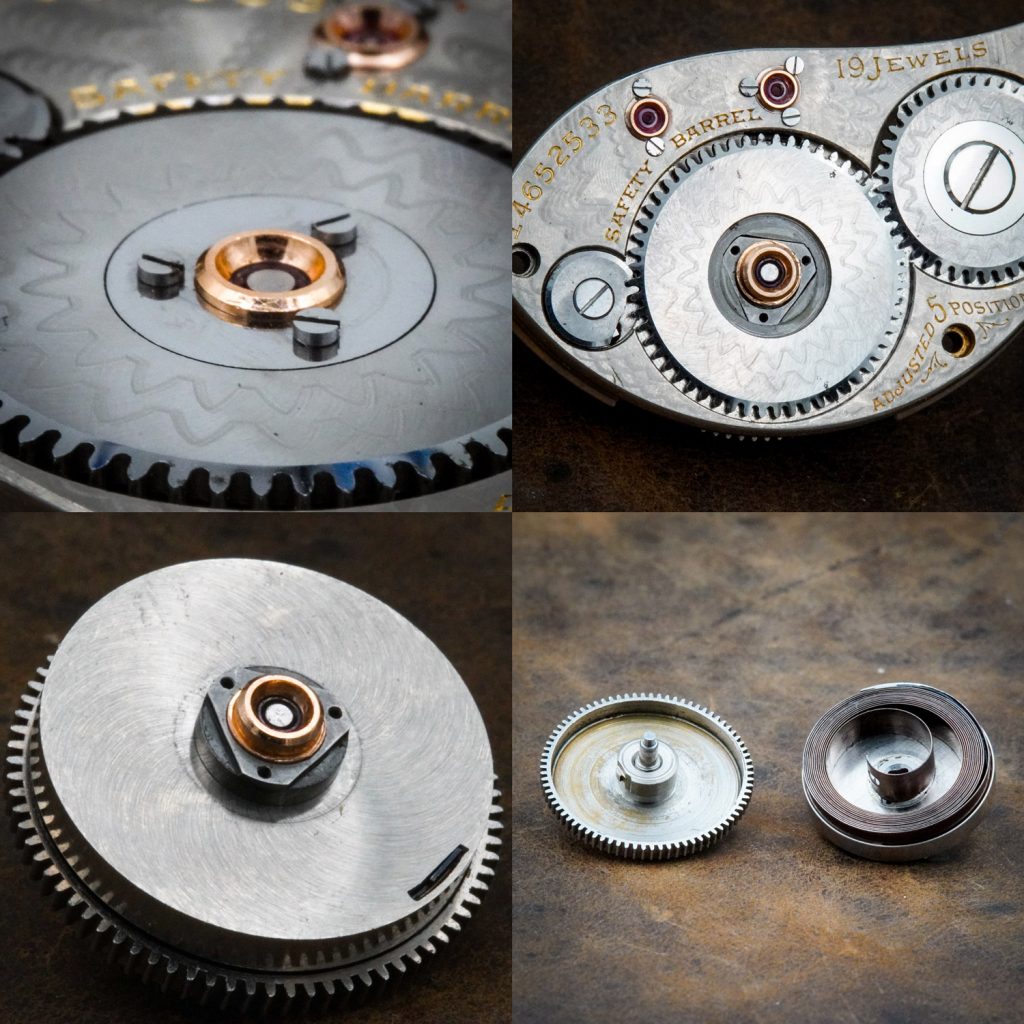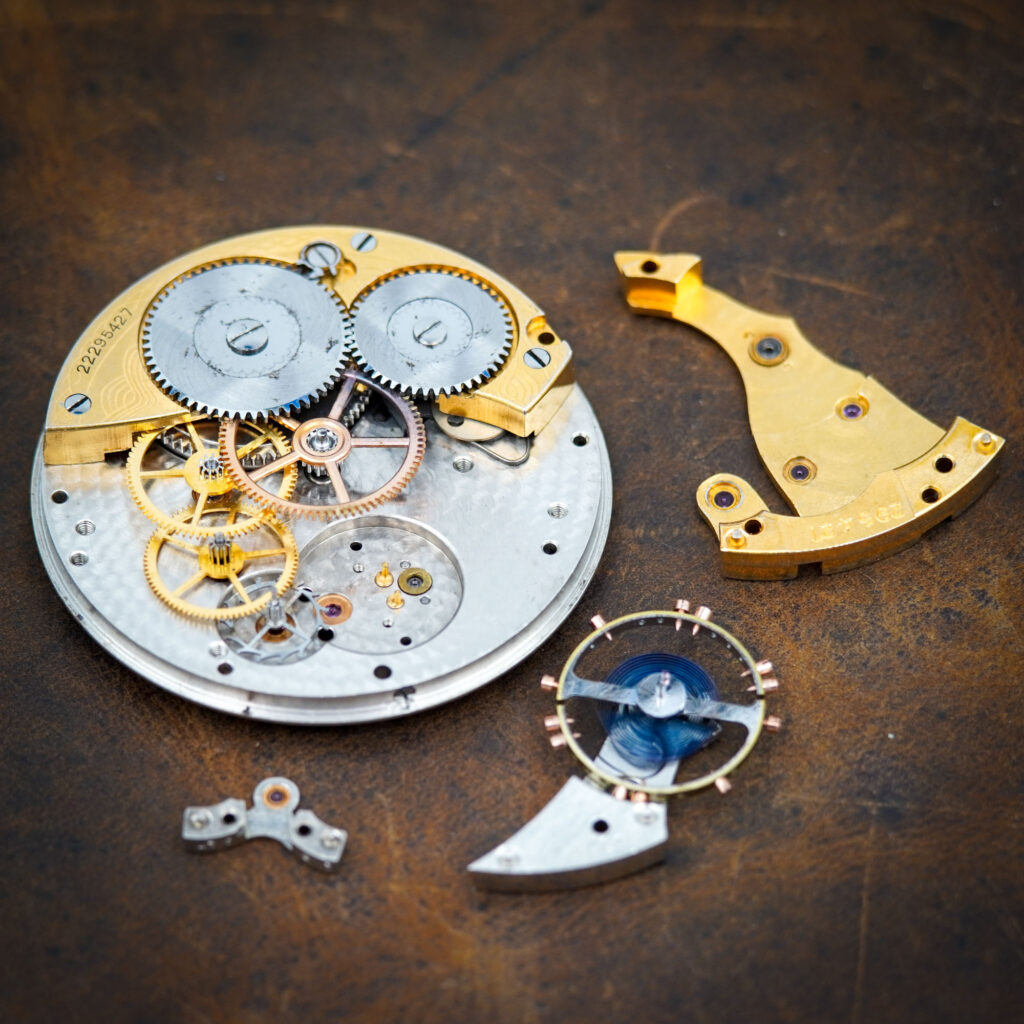Private Label Trade Names on American Pocket Watches: The Non-Magnetic Watch Company: Part 28: Edwin J. Houston’s Experiments: Exposure to Dynamos

In the March 1888 edition of the Journal of the Franklin Institute, Professor Edwin J. Houston published a comprehensive article exploring several experiments conducted on two Non-Magnetic Watch Company movements.
After testing the general effects of magnetism on the hairspring and balance, Houston turned to experiments to evaluate the timekeeping properties of the watches under the influence of magnetism using powerful dynamos.
James H. Kelly and Edwin Corry, representing the firm of Bailey, Banks & Biddle, skillfully rated the watches before and after the experiments, comparing them with time signals from the United States Naval Observatory.
Following the initial experiments, Houston concluded that the watches produced by the Non-Magentic Watch Company were immune to the effects of magnetism, stating:
“The fact, that under these extraordinary conditions, the watch neither suffered any very appreciable variation in its rate, nor had its adjustment seriously affected, shows the extent of the protection afforded by the Paillard palladium alloys.”Edwin J. Houston, March 1888 Journal of the Franklin Institute
One of the watches was then taken to the Brush Electric Light Station in Philadelphia for more intense testing. The watch was placed face-up near the magnetic pole of a Weston dynamo producing a current of 20 amps and rated each day from February 2, 1888 to February 15, 1888. While the recorded rates varied slightly from day to day, the variance was within logical tolerances that would never be possible using a steel hairspring and conventional bi-metallic balance.
The watch was then placed face-up on the opposite pole of a dynamo and stopped instantly. Since the watch was fitted with a conventional steel escapement, Houston theorized that this stoppage was caused by the pallet fork contacting the steel roller table.
Following the experiments, Houston concluded that Paillard’s alloys were indeed immune to the influence of magnetism and suggested that the escapement should be constructed from non-magnetic materials as well. This supported the company’s prior decision to begin fitting movements with non-magnetic escapements, already in production at the time of Houston’s experiments.




1 Comments